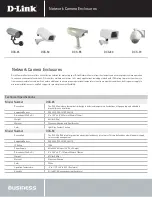
12
Reciprocity Explained
-Excerpts taken from Kodak TECHNICAL PUBLICATION DATA I FILM
E31- July 2002
The reciprocity law states that the
intensity
of light falling on a photographic
film multiplied by the exposure
time
equals the total amount of
exposure.
Intensity x Time
=
Exposure
This means, for example, that an exposure of
f
16 at 1/60 second is equivalent
to an exposure of
f
11 at 1/125 second. In either combination of settings, the
same total amount of light reaches the film. The reciprocity law applies to
commonly available black-and-white and color films at exposure times from
approximately 1/10
second to 1/1,000 second. This means that no adjustments
are necessary for exposure or color in this shutter range. Most modern films
however have increased this range to the point that no adjustments are necessary
from approximately 1 second to 1/10,000 second. It should be pointed out that
all photographic emulsions are subject to an effect often called “reciprocity-law
failure.” At exposure times at the edges of the above ranges, you will begin to
see underexposure (loss of effective film speed) at the normally calculated
exposure setting, a change in contrast, a color shift, or a combination of these
effects. The word “failure,” in this context, does not imply a short coming of the
film, flash equipment or the camera, but merely that the reciprocity law does not
hold for very long or very short exposures times.
We also sometimes refer to these changes in film response to particular
illumination levels as “long-exposure effects” and “short-exposure effects.”










































